Blakley got his first taste of Sweden when he met his wife Linnea at a university keg party in the US. Despite the boisterous, less-than-romantic setting, they quickly fell in love and got married a year later. Wanting to learn more about her culture, he quit his office job and flew to the Nordic country in the summer of 2008.
Both being fans of the mountains, the couple chose the far north of Sweden as their destination and got summer jobs cleaning hotel rooms. “It was amazing. I fell in love with the nature of Lapland,” Blakley tells The Local.
He loved it so much that he decided to come back for the winter, the prime time for many visitors to the north. “I was promoted to dishwasher duty, which was fantastic. I could go skiing pretty much all day.”
One night, when he was walking across Lake Torneträsk, he saw his first aurora.
“No one had told me this was a place to see the Northern Lights. I didn’t have it on my radar to try and see them. So one night I was walking home after washing dishes and out of the corner of my eye I saw a very faint green glow. And to be honest with you, at first I didn’t really understand what it was. I hadn’t put two-and-two together. But after a few minutes of trying to figure out what I was seeing, it clicked. From that moment I was hooked.”
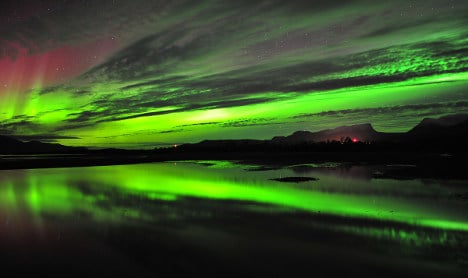
Green auroras in Swedish Lapland. Photo: Chad Blakley
Blakley, 37, had a past career in photography. When he was in high school back home in Texas he started his own photography company, taking pictures of graduating seniors and weddings. Although he loved being behind the camera, he eventually lost interest in the repetitive subjects and gave it up.
But seeing the stunning Arctic weather phenomenon for the first time reignited his interest in photography. And after his decade-long absence from the vocation, picking up a camera again was exhilarating. “It felt like coming home. I was transported back to my youth. It got all the creative juices flowing.”
He bought a second-hand Nikon DSLR and taught himself how to photograph the green lights that would appear in the black skies of northern Sweden, and ultimately started making a name for himself.
Eventually, in 2010, he and Linnea formed Lights Over Lapland, a family-run company that specializes in photography expeditions, helping people experience the Northern Lights in Abisko National Park, a stunning 77 square kilometre swathe of largely untouched nature.
“It sounds cheesy, but I had found my calling. It really transformed my life. From corporate guy, to toilet scrubber, to – I’m proud to say – the most successful aurora photography company on the planet,” says Blakley.
They started off small. Their first aurora season they had 13 guests, the year after they had 500, the third season was 1,500, the fourth season was 6,000 and this last season they had 15,000 guests. The increased popularity even prompted Blakley to start a bus company called Visit Abisko.
He says their guests come from all over the world, but perhaps surprisingly, very few of them are Swedes.
“The vast majority of Swedes haven’t seen a proper display of the auroras. I would love to invite as many of them as possible to come and see them,” says the American, but adds that it is not unusual for the natives of a country to miss out on their own homeland’s beauty.
“You become home-blind or you just put it off. But I have to say, when we do have the Swedes, they’re always so happy that they finally came.”
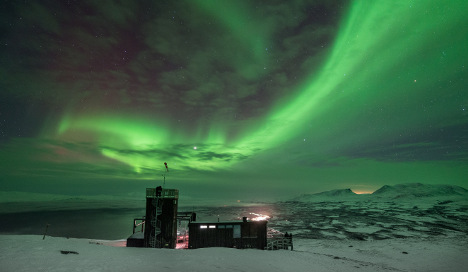
The Northern Lights in Abisko National Park. Photo: Chad Blakley
The Northern Lights is all down to Earth’s relationship with the Sun. The aurora’s origin begins at the surface of the massive star, and if it reaches earth it collides with Earth’s magnetic field, which generates currents of charged particles which then flow along the lines of the magnetic force into the Polar Regions, northern Sweden being one of them. The particles are boosted in energy in Earth’s atmosphere, and when they collide with oxygen and nitrogen atoms, they create a dazzling light that can be green, red, orange or blue.
The magical, constantly shifting, glow of the Aurora Borealis is rather difficult to describe, and although Blakley readily calls it beautiful, he prefers to describe his clients’ reactions. “I’ve seen grown men cry. I’ve seen men go down on their knees and propose to their girlfriends. I’ve seen people have almost religious type experiences. To be able to share those moments with them is truly amazing.”
He explains how Aurora tourism is unique because most wonders are here on Earth, but auroras are almost like something from the beyond. “I don’t know many people who get to show others something that is from beyond the shores of our planet. To me, it’s a dream come true,” he says.
Abisko’s natural landscape, centred on a town of less than 100 people, might sound lonely or boring to some, but Blakley wouldn’t trade it for anything. “I consider it to be Europe’s last real wilderness. The great thing about Abisko is I can walk out of my door, go hiking for three or four minutes and literally be in the wilderness. I could walk in any direction and not see another human for 100 kilometres.”
A common mistake people make is associating auroras with the winter time, but Lights Over Laplands offers tours from October all the way till April.
“It doesn’t have to be winter. Auroras are happening 24 hours a day, seven days a week, and 365 days a year. You just have to be in a place that’s dark enough to see them, and far enough north,” explains Blakley.
The differences between the US and Sweden are stark, particularly in Swedish Lapland. “It’s a much slower way of life. I think that slow pace is exacerbated in Abisko. I miss home, family, friends, the landscape. But the differences between the two are really what have kept me here.”
Sweden has become home. “I don’t think I’ll ever go back and live in the US. I can’t imagine not seeing the auroras every day. And Sweden has really given me an opportunity to live a lifestyle that I couldn’t imagine anywhere else. I tell people that I found the American dream in Lapland.”
Article by The Local’s intern Saina Behnejad.

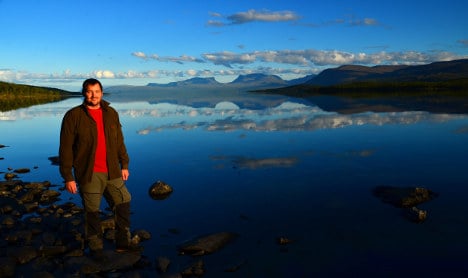
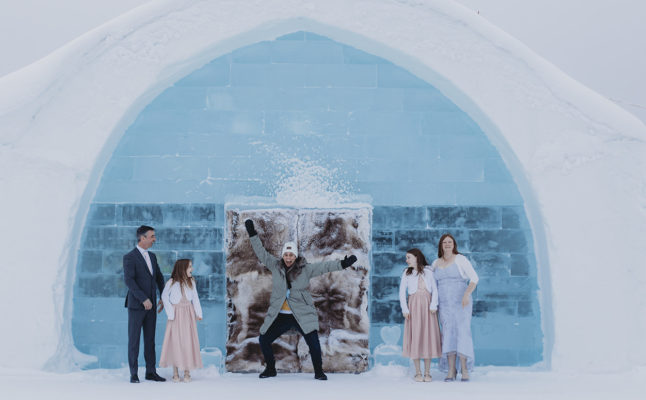
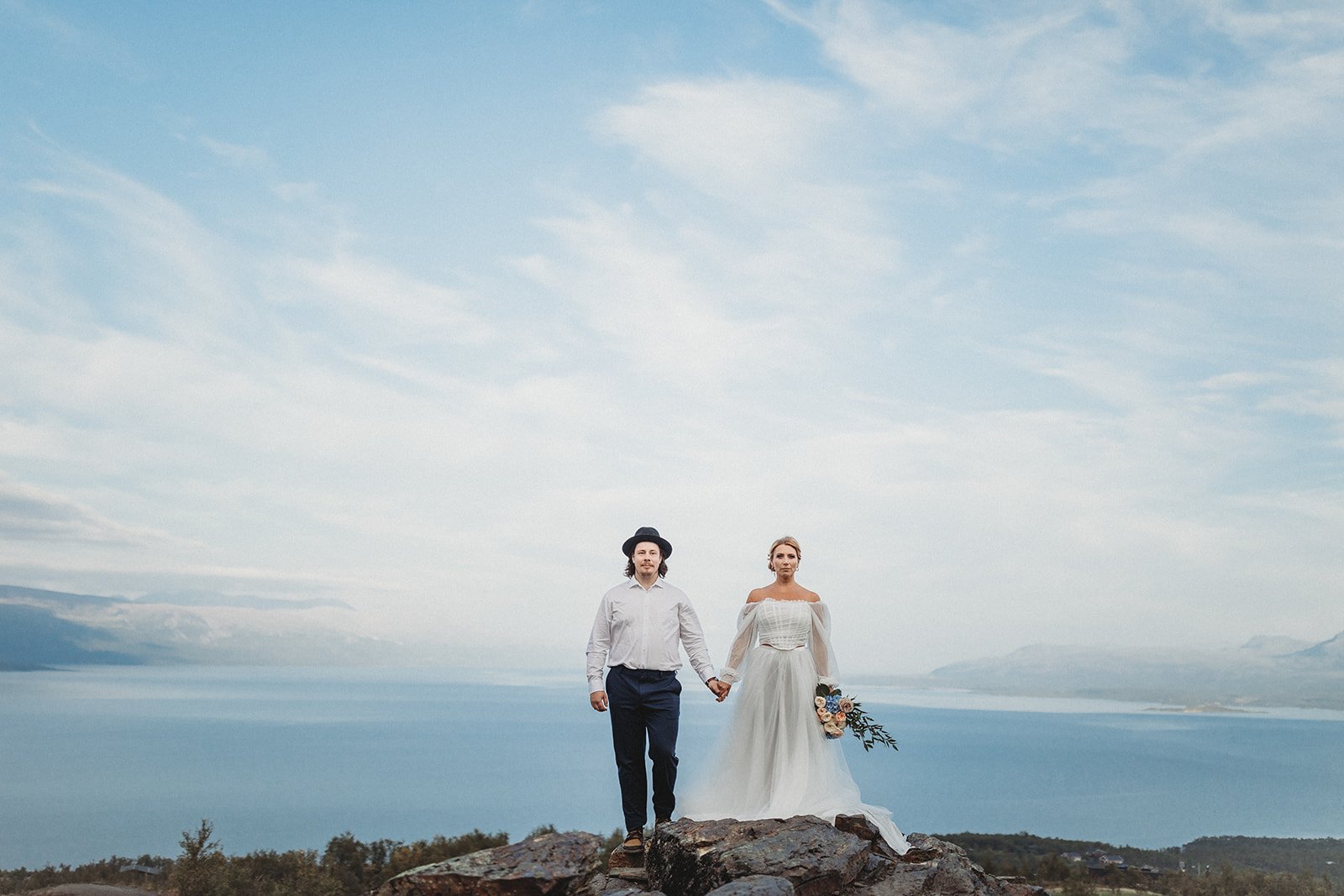
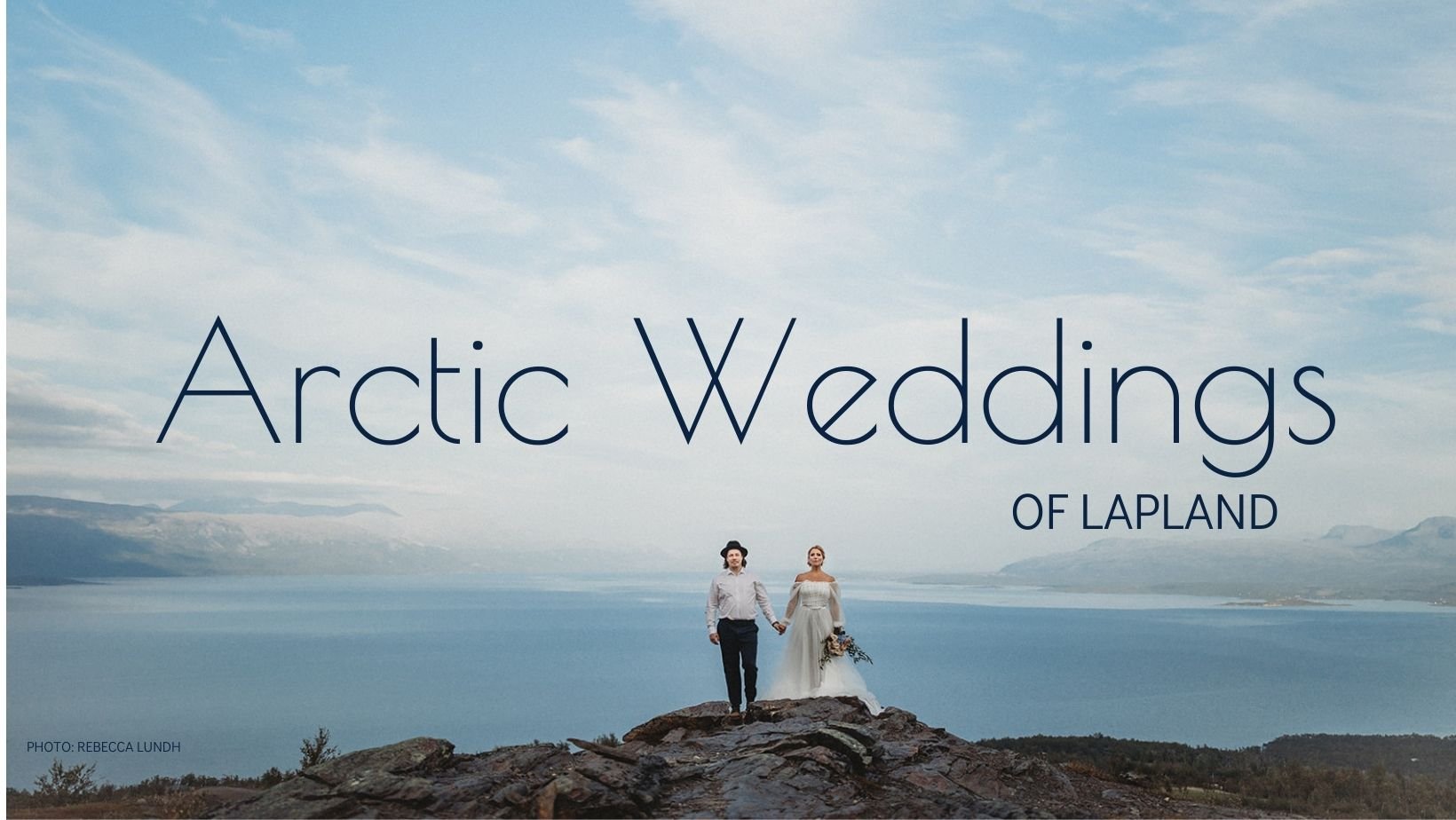
 Please whitelist us to continue reading.
Please whitelist us to continue reading.